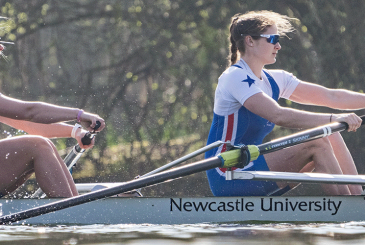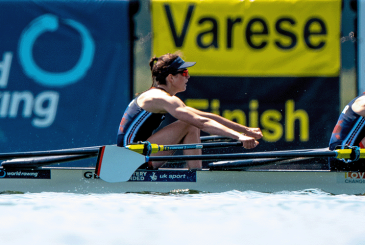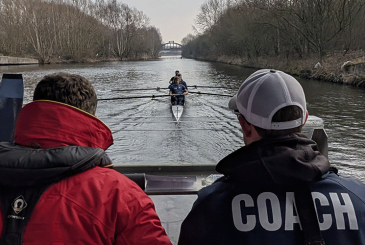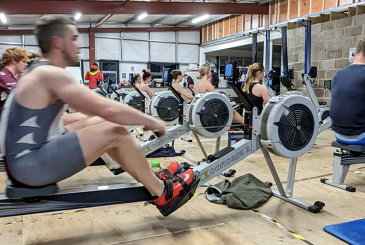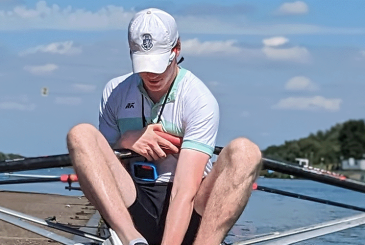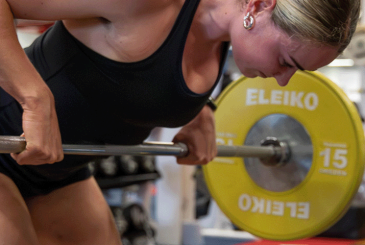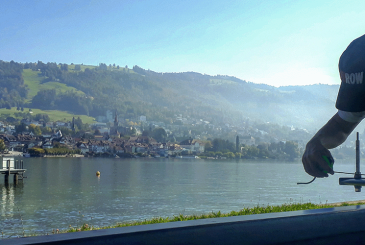Martin Cross spoke to the chief coaches of two of Britain’s leading clubs – Ben Lewis at Tideway Scullers and Franz Imfeld at Molesey BC – to explore how they have gone about creating an athlete centered culture in their club.
In recent years, both men have noticed that the more traditional coach athlete relationship has changed from being mostly directive or authoritarian to a coach having to take a far more holistic view of their athletes’ needs. That has been in part driven by the need to balance work and social commitments against a training schedule that demands eight to 10 sessions per week. And while both men admitted that there may be a line to be drawn around just how much athletes are involved in the decision-making process – for example. in crew selection – there is no doubt that their athletes have far more say than perhaps used to be the case.
What is an athlete-centered approach?
Here are just some of key indicators one must look for in determining how athlete-centered a club might be:
- How far are athletes treated holistically: as people first and as rowers second?
- How much does the coach take time to understand and get to know their athletes and ensure they are approachable?
- In what ways does a coach involve their athletes in the decision-making process?
- To what extent does the dynamic of the athlete-coach relationship help grow the self-awareness of both parties?
- And how much does the coach use a range of styles to help the athlete get the best out of themselves?
It’s not surprising to note that even this short list sets a high bar for any club. But both Lewis and Imfeld have tried to adapt their natural coaching styles and strengths to move their clubs closer to this model.
Knowing your athletes
In his time as a coach, Imfeld has worked in several clubs, most recently when coaching in Australia in both Melbourne and Sydney. “It always surprises me when I get asked at interviews whether I have an athlete-centered approach.” And the British Under 23 coach went on to explain, “That’s because I can’t imagine working in any other environment.”
It’s important for Imfeld to have a squad of a manageable size in order that he can get to know all his athletes. “I try to keep the number of athletes in the group around 30 so I can get to know who they are as a person. I like to think I can have a coffee with them so I can adapt their training around what motivates them.”
Athletes are human beings first
Lewis is best known as a coach for his Henley wins during his time as Head Coach at Thames RC from 2013-2019. But at Scullers, he explained, the focus is different. “My remit is to get everyone sculling and enjoying coming down to the rowing club. If we can get to a semi-final, or further, in an event like the Brit that would be great.”
To achieve that aim Lewis knows that he has to treat his athletes as human beings first. And he is clear about his athlete’s priorities. “Work comes first – if you lose your job you can’t row. Next comes family, then rowing. So, if you’re running late at work and that means doing an erg later then so be it.”
Recognise the uniqueness in your athletes
Lewis recognises that each of his athletes is unique and as such has to be treated differently to get the best out of them. “I have one athlete who lives in Croydon, works in the City [east of central London] and trains at Scullers in west London. I saw that they were spending much of their time travelling so I asked him to spend a couple of days a week training nearer to home in their gym.”
Lewis explained that with all the apps now available it was easy for a coach to get a sense of how an athlete is training when they’re doing a session by themselves.
Build a sense of personal responsibility
Another role for coaches in developing an athlete centered culture is helping athletes to build a sense of personal responsibility so they can be less reliant on the coach, Imfeld said. “We’ve got a really good environment here at Molesey.” He went on to explain, “We’ve got athletes with good strength and conditioning skills. They help each other out, so I don’t have to be at every session. Of course, there are benchmark sessions that you must be at and then I’m out with them on the water. But around that I spend a lot of time helping athletes with their goal setting.”
Helping athletes with their lifestyle
Like Lewis, the Molesey coach also recognises that the coach is there for the athletes – not the other way around. And that much flows from the lifestyle choices of his squads, where athletes must fit their training around their jobs. Imfeld has an intermediate-level squad who work full-time but still want to row at a high level, and a club level squad who have more time to train and whose focus is to get into the GB Under 23 team and win an event like the Thames Cup at Henley.
With the club level group, Imfeld explained. “I have conversations with the club athletes about what they are going to do when they’re no longer rowing. All my athletes have something going on in their lives that is not rowing. It’s about looking at the whole person and keeping your brain active.” With the intermediates, he added: “They’re working full-time so you have to help them keep honest and set appropriate goals. We don’t have an overall goal for this season for that group, but we may end up producing something for Henley.
Athlete-led decision making
In 2016 Lewis famously coached a coxless four, which won the Visitors (one of Henley Royal Regatta’s intermediate level events) and was mainly made up of men who had won the Thames Cup (a club level events) the year before. The former Leander and Brookes oarsman explained that that crew came about because of the athletes approaching him. “That was an athlete-led project. They asked me if they could do it. If I was all about my CV, I would probably have put a couple of them in a Thames Cup eight. But I went with it. There were five of us in that crew.” Lewis understands that as a coach, “you have to listen to your athletes, and they have to feel part of the decision-making process.” He likens himself to bamboo. “I’m flexible when I need to be and inflexible on the occasions I need to be.”
Listen to your athletes
Imfeld’s assistant coaches – Sam Tuck for the women and Sam Grant for the club men – help Molesey to ensuring that it keeps a flexible approach. “We talk to each other a lot and we all have a people-centered approach.” Said Imfeld. We have an unofficial system of athlete’s representatives. I talk to Oli Knight of the intermediates quite a lot about training plans. Sam Tuck has divided the women’s squad into two groups and each of those has a captain. And it’s helpful that Sam Grant is there for the club athletes to talk to. When they’ve had a chat with him, they’ll usually end up coming to me.”
The buck stops with the coach
It’s clear that both Imfeld and Lewis have tried to get both Scullers and Molesey as close to the ideal of an athlete-centered club as possible. No doubt there is more that could be done in both clubs, but as Lewis explained, “Sometimes there are big decisions. You can’t go too far and have athletes calling all the shots. The buck stops with the coach. But what my athletes expect from me is to be then is to be open, honest and act with integrity.”
Calling all coaches!
Want to learn more about creating an athlete centered culture? British Rowing’s Senior Club Coach course covers this amongst many other topics that will help you to take your coaching to the next level.
Find out more here >>
Photo: Sam Grant



